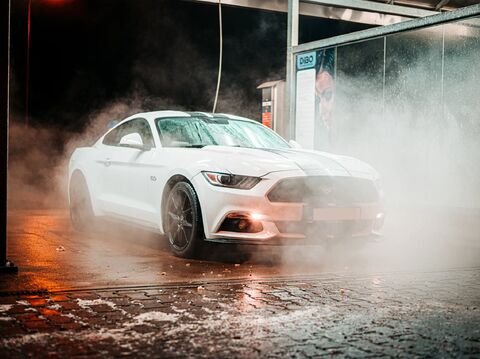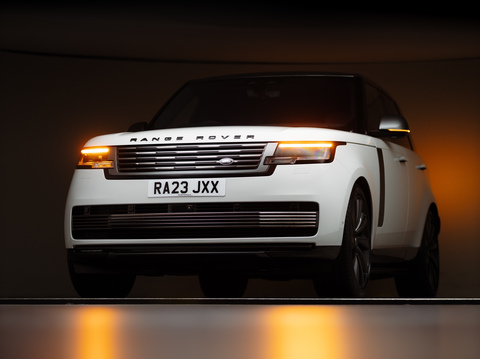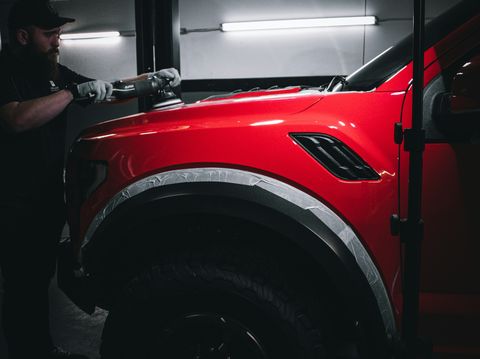How Do Car Cabin Air Filters Work?

What is a cabin, or passenger compartment air filter?
One of the key ways air is changed inside the cabin is through the ventilation system. Carmakers need to protect the occupants and Heating, Ventilation and Air Conditioning (HVAC) system like they do their engine. To achieve that, they place a dedicated cabin air filter in the ducting. This filter is replaceable and is most commonly made from a paper cotton or engineered mesh material, that is then pleated to increase its surface area. This filter is capable of trapping exhaust particulates, pollen, dust and small particles from blowing into the car. It can also stop leaves and detritus from blocking the ventilation system altogether.
Also on sale are activated carbon air filters designed to further neutralise odour ingress and some even contain an electrostatically charged inner core to attract even the smallest contaminants.
How small a particle will a cabin filter catch?
Cabin air filters should generally trap particles down to 0.3 microns (0.0003mm). For reference, aerosolized droplets from coughs and sneezes tend to be about 5 microns. Pollen ranges from 10 to 1000 microns in diameter, dust particles are defined as between 2.5 and 10 microns in size, while bacteria vary in size from 0.3 to 5 microns. Theoretically then, cabin air filters can trap a large majority of outside air particulates.
When should I replace my cabin air filter?
Typically every 10,000 miles during a service. However, if you live up a dusty track or use your vehicle in harsh environments, you should swap it more frequently. You should definitely replace it if you notice a strange odour when using the A/C or feel(perhaps even hearing) that the ventilation system isn’t outputting as much air.
You’ll need to locate your cabin air filter. They can be found often in glove boxes, behind or underneath the dashboard or tucked neatly away inside the engine bay along the lower edge of the windscreen.
Are other air filtration systems available?
On classic and heritage models, this might be a simple fan/heater matrix set-up, placed before the cabin air filter.
On newer vehicles, the air may be processed through more advanced means, including through a purification system or even a deioniser - which is available as a factory option from companies like Porsche and Range Rover. Apparently, ionisation function can reduce the number of airborne viruses, bacteria and fungal spores. Range Rover states its system helps process allergens, viruses, bacteria and odours.
Some Tesla models even have a HEPA air filtration system, which it claims is up to 100 times more effective than conventional premium automotive filters.
Are cars completely airtight?
The passenger cabin of a car is isolated from the outside by snugly fitting window and door seals. When these rubber gaskets work correctly, they create a waterproof barrier, a sound-attenuating block and an air restricting (but not completely tight) seal - all-in-one.
However, your interior is not completely separate or airtight. According to an American study on the air change rates of stationary automobiles, every hour, the ambient air in the car is completely replaced up to three times. That’s in a stationary vehicle with the climate control system switched off and the windows closed.
How do cabin filters work with recirculation mode?
The ventilation system in a car typically has two settings – fresh air and recirculation mode. The fresh air setting draws in outside air, filters it through the cabin air filter, and then pushes it through the vents. In contrast, recirculation mode closes off the intake from the outside and instead recirculates the air already inside the cabin, which can be beneficial for quickly changing the cabin's temperature or preventing exterior odours from entering the car.
However, one thing to note is that in recirculation mode, the air inside the cabin is not being filtered continuously as it is in fresh air mode. Therefore, if you have been driving for a while in recirculation mode, the air inside can become stale due to the accumulation of exhaled carbon dioxide from the occupants. This situation underscores the importance of occasionally switching back to fresh air mode to replenish the oxygen level in the cabin and allow the cabin filter to trap any accumulated particulates.
The future of cabin air filtration
Automakers are increasingly aware of the importance of air quality inside the vehicle, and as such, there are continuous innovations in cabin air filtration. For instance, some manufacturers are exploring the use of nanotechnology in filters to trap even smaller particles and allergens. Similarly, other companies are investing in research to develop air purification technologies that can effectively eliminate harmful viruses and bacteria.
The future may also see more widespread use of advanced technologies like ionisation and HEPA filtration in mainstream models, not just in luxury or electric cars. For instance, some companies are already developing "smart" cabin air filters that can adjust their operation based on the air quality inside and outside the vehicle.
In conclusion, the cabin air filter plays a crucial role in ensuring a comfortable and healthy environment inside your car by trapping a variety of particulates and pollutants. While cars are not entirely airtight, the cabin air filter works diligently to filter the air entering your vehicle from the outside.
It is important to regularly check and replace this filter to maintain its effectiveness and ensure that you and your passengers are breathing clean air. Furthermore, being aware of technological advancements in this area can help you make informed decisions when choosing additional options for your next vehicle.
Header image credit: https://unsplash.com/photos/white-ford-mustang-coupe-sh_7sFEFICI




